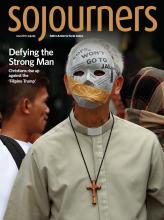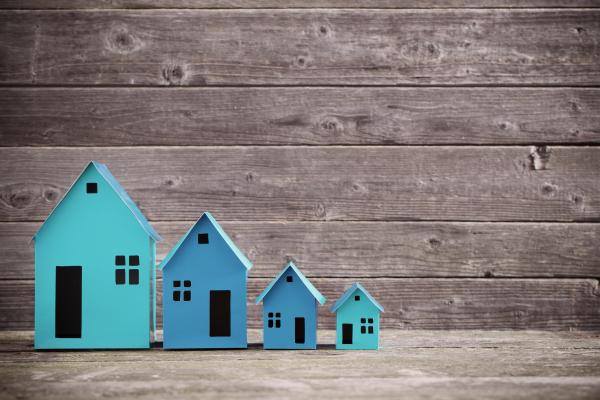I remember the first day of my housing-policy class in graduate school. I was late. I had just left the Minneapolis Public Housing Authority where I was helping a family activate the housing-choice voucher they had recently been granted.
I found a seat near the door in the back of the classroom. After welcoming us, the professor opened with what seemed like a simple request: “Raise your hand if you have ever lived in subsidized housing.” In a class of about 40 students, only three or four hands went up. I kept mine down.
He followed with a second question: “How many of you have lived in a house either you or your parents owned?” I raised my hand—along with a majority of my classmates. “Congratulations,” he responded. “You too have lived in subsidized housing.”
He used the rest of class to describe the two major types of housing assistance offered by the U.S. government.
The first type is public housing and housing-choice vouchers that limit what a household pays for rent to 30 percent of their income. This is what most of us think of when we hear the phrase “subsidized housing.” The Department of Housing and Urban Development runs these programs, which are meant to benefit mainly households that earn 30 percent or less of median income for an area. This might be $12,750 for a family of four in Mississippi or $27,600 in California. Congress allots about $38 billion per year for these programs.
The second form of government-funded financial assistance for housing is the mortgage-interest tax deduction, which allows homeowners who itemize deductions to deduct the interest they pay on their home loans. The deduction can be applied to both primary and second residences, including boats with bathrooms. Most households that benefit from the mortgage-interest tax deduction earn between $100,000 and $500,000 a year. This, the largest housing subsidy program in the country, costs the federal government upward of $100 billion a year.
Read the Full Article

